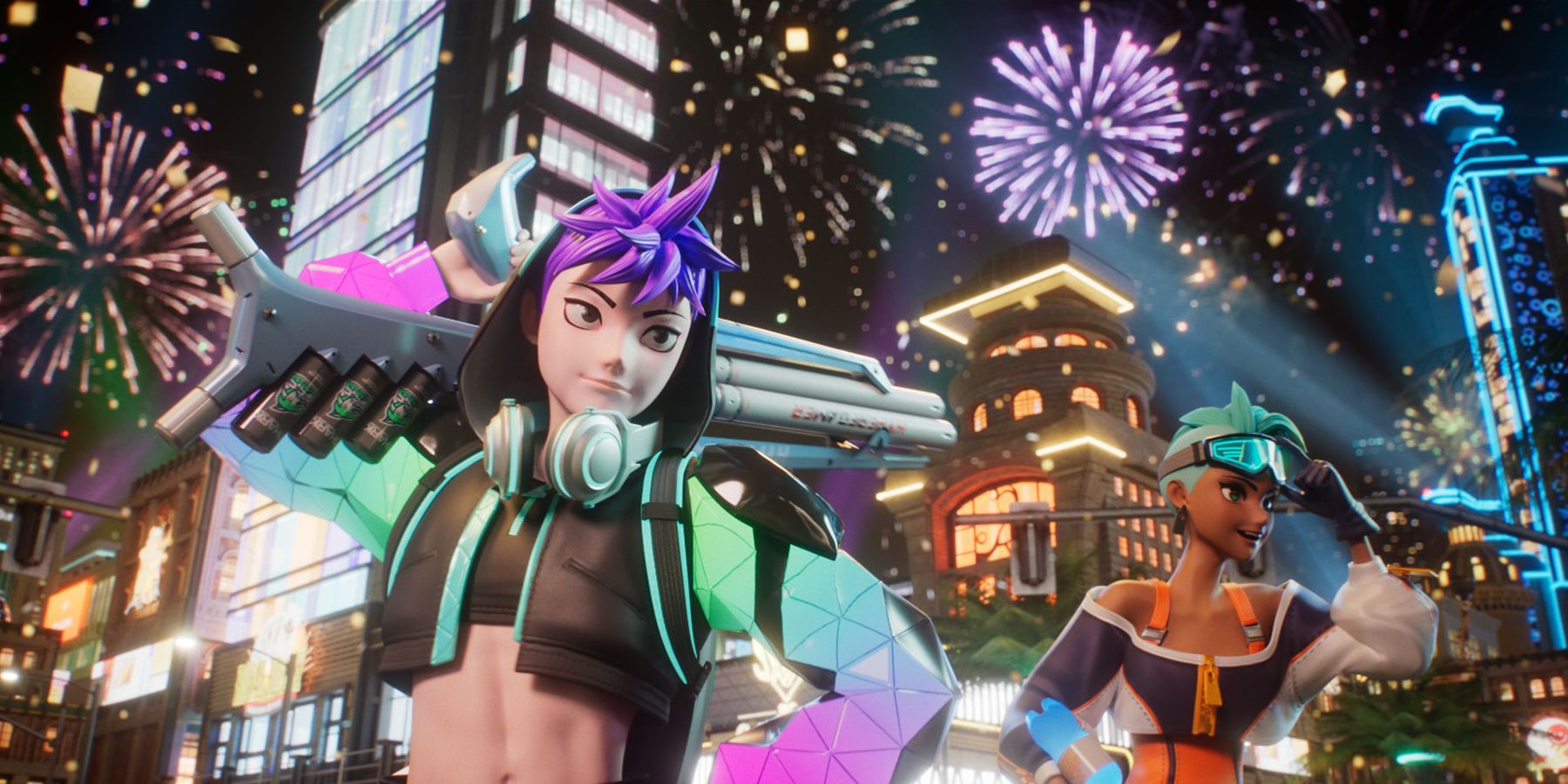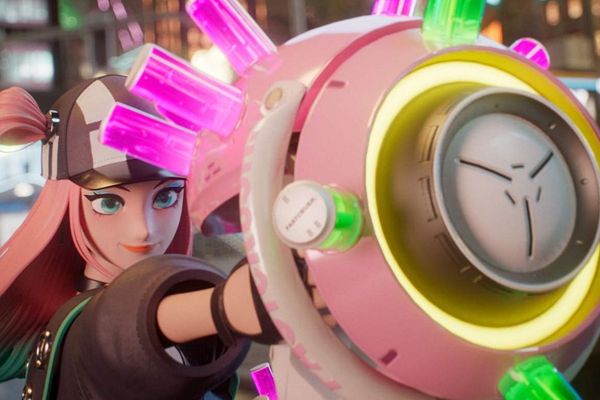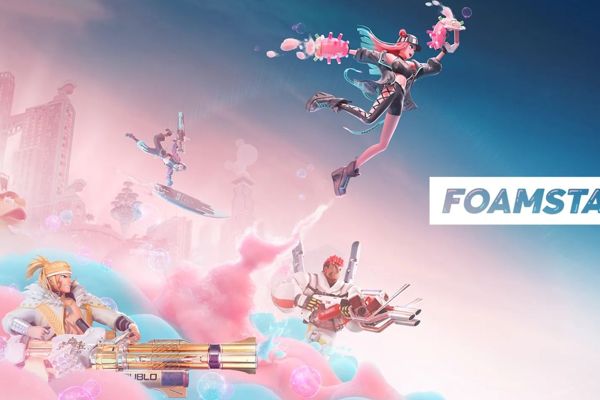
The Use of AI-Generated Artwork in PlayStation Exclusive Foamstars

A look into the use of AI-generated artwork in the upcoming PlayStation exclusive Foamstars, its impact on the gaming industry, and the ongoing debate over AI technology in content creation.
Introduction to Foamstars and AI Artwork
The upcoming PlayStation exclusive Foamstars has sparked intrigue and controversy with its utilization of AI-generated artwork for some of its in-game assets. Producer Kosuke Okatani confirmed that AI will play a role in creating a small number of colorful and abstract in-game assets, marking a significant use of this technology in the gaming industry.
foamstars-square-enix-shooter-splatoon-clone
Foamstars, a multiplayer hero shooter, has drawn comparisons to Nintendo's Splatoon series due to its primary gimmick of spraying the battlefield with foam. This unique gameplay element is set to captivate gamers as the title is slated to launch as part of the PlayStation Plus Monthly Games lineup on February 6. The potential success of Foamstars could herald a new wave of games with similar mechanics, reshaping the multiplayer gaming landscape.
However, the use of AI in creating artwork and vocal performances has sparked concern within the gaming industry. The possibility of AI-generated content replacing the work of veteran voice actors and artists has raised significant controversy, as seen in recent incidents involving Magic: The Gathering and its marketing campaign. The debate over AI's role in content creation has intensified, setting the stage for a contentious discussion on the future of game development and artistic expression in the digital age.
Square Enix's Approach to AI-Generated Artwork
Square Enix's deliberate use of AI-generated artwork in Foamstars has garnered attention, particularly with the confirmation from producer Kosuke Okatani during a recent press event. The development team employed the AI program Midjourney to create a small number of in-game icons, specifically the album covers for the game's music tracks.
Okatani emphasized that the majority of Foamstars' assets were handcrafted by human developers, with AI contributing to approximately 0.01% or less of the game's materials. This assurance was further backed by Square Enix in a subsequent statement to VGC, underscoring the company's commitment to preserving the human touch in game development and artistic creation.
The decision to incorporate AI-generated artwork in Foamstars aligns with Square Enix's stance on adopting new technology. President Takashi Kiryu's announcement at the start of the year highlighted the company's 'aggressive' approach to integrating AI and other innovations in the development and marketing of future titles. While specific details were not disclosed, this signals a broader embrace of AI and its potential impact on the gaming landscape.
The Debate Over AI in Content Creation
The use of AI in creating Foamstars' in-game artwork has reignited the debate over AI technology's role in content creation. The growing trend of AI-generated content in the gaming industry has sparked polarizing views, with proponents touting its potential and detractors expressing concerns over the diminishing human element in artistic expression.
While the inclusion of AI-generated artwork in Foamstars represents a small fraction of the game's overall content, it has become a focal point in the broader discussion on the impact of AI on creative industries. The controversy surrounding AI's use in content creation extends beyond the gaming sphere, encompassing the entertainment industry as a whole and prompting critical reflections on the balance between technological advancement and artistic integrity.
The ongoing debate over AI's role in content creation reflects the complex intersection of technology, creativity, and ethics. As Foamstars prepares to debut with its AI-generated artwork, it stands as a microcosm of the larger conversation surrounding the evolving landscape of artistic creation in the digital era.














